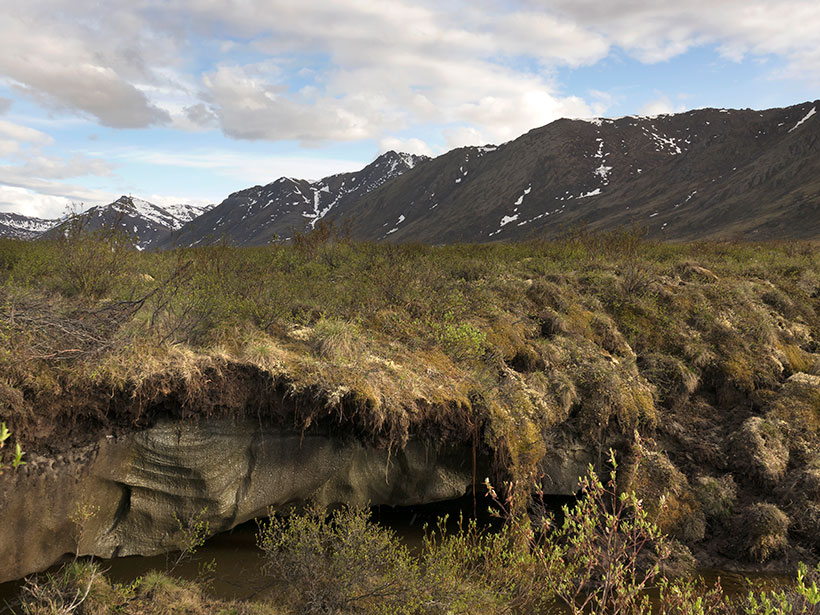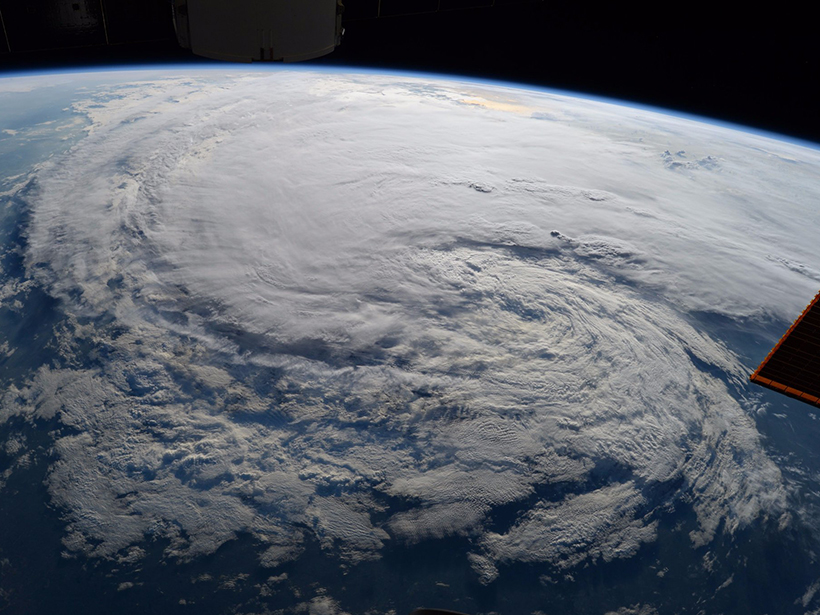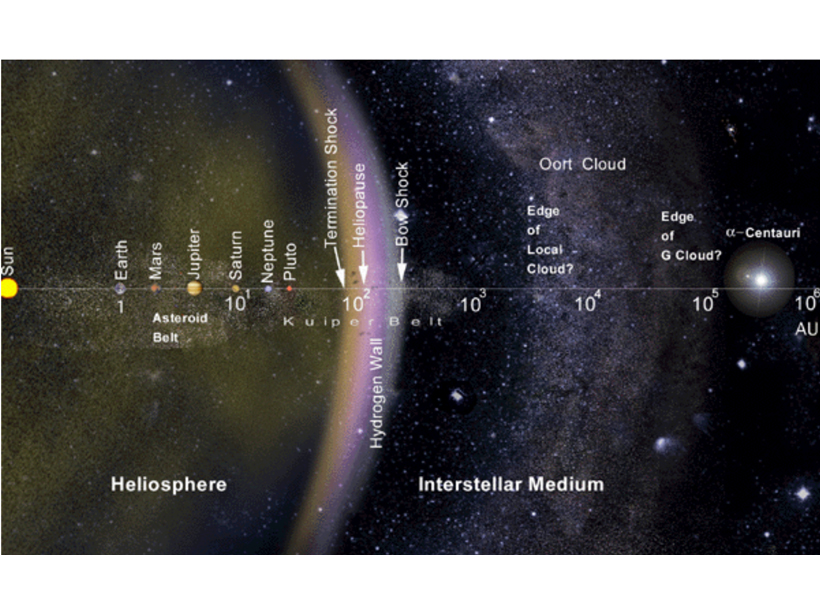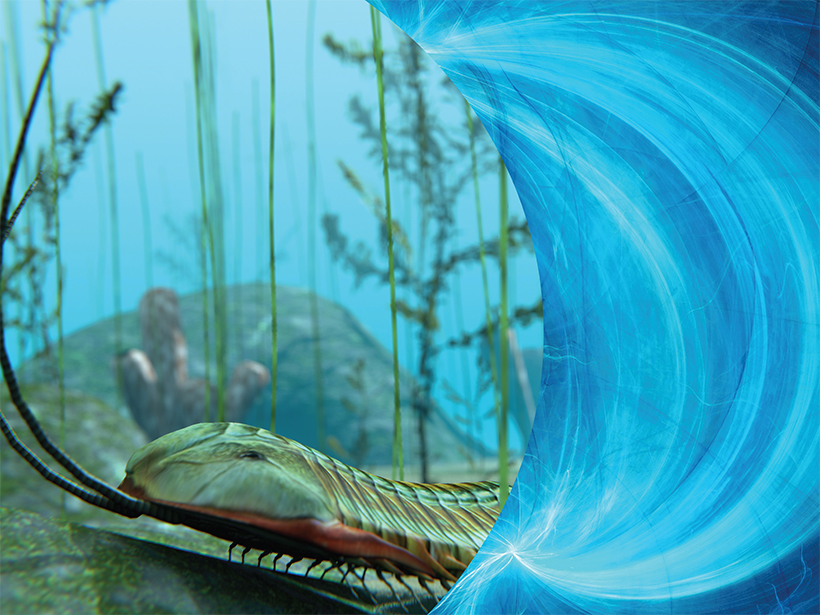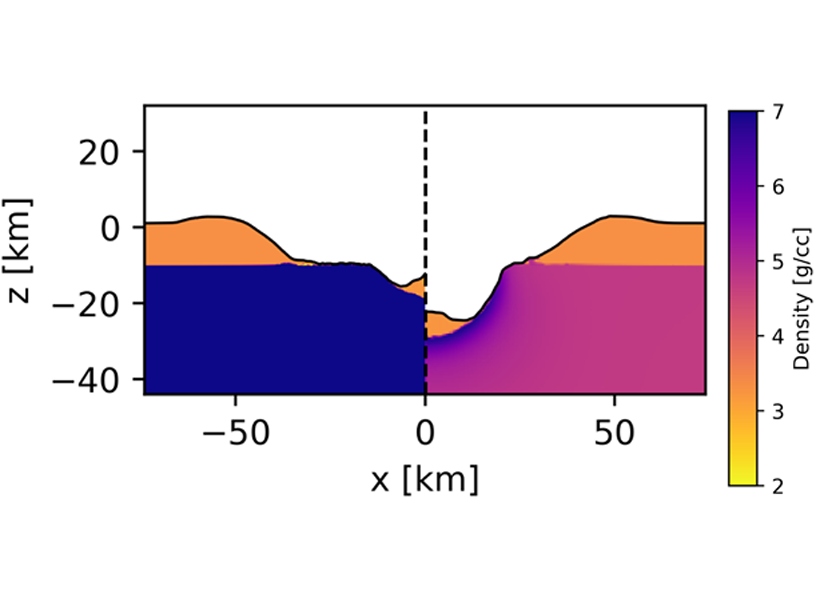Another first from NASA’s Juno spacecraft: the detection of Jupiter radio emissions influenced by the moon Ganymede, over a range of about 250 kilometers in the polar region of Jupiter.
CC BY-NC-ND 2020
Experimentos Revelan Cómo el Carbono del Permafrost se Convierte en Dióxido de Carbono
Muestras de campo provenientes de Alaska muestran cómo la luz solar y el hierro convierten el carbono del permafrost en dióxido de carbono. Los modelos climáticos ignoran este proceso.
To Make Better Hurricane Models, Consider Air Pollution
New research uses Hurricane Harvey as a case study to demonstrate the devastating power of aerosols to supercharge tropical storms.
Keeping a Close Eye on the Ocean—from Afar
Remote sensing technology proves effective in monitoring key regions of the world’s oceans, where upwelling and other essential ecosystem services occur.
The Cosmic Timeline of Heliophysics
Thom Moore began his career after the start of the space age. This is the story of how he converted his interests in evolution, philosophy, and psychology and writing into the study of heliophysics.
Sinking Fish May Fast-Track Mercury Pollution to the Deep Sea
Isotopic analysis indicates that mercury found in deep-sea organisms may have an origin in carrion from near the surface.
Mount Everest Can Sometimes Feel Lower Than K2
Variations in air pressure on the top of Mount Everest affect oxygen availability, changing the perceived elevation of the summit by hundreds of meters.
A Field Guide to the Magnetic Solar System
Not all planets move the needle. But whatever planet you take a magnetic compass to, it’s sure to point out clues to secrets underfoot.
Habitability and the Evolution of Life Under Our Magnetic Shield
Earth’s global magnetic field likely dates back billions of years and is a barrier against cosmic radiation. What roles has it played in the planet’s biosphere?
Predicting the Unique Shape of Craters on Asteroid (16) Psyche
Models link the variety of crater shapes expected on (16) Psyche with the interior structure of this unique asteroid, in preparation for the arrival of the Psyche probe in 2026.


